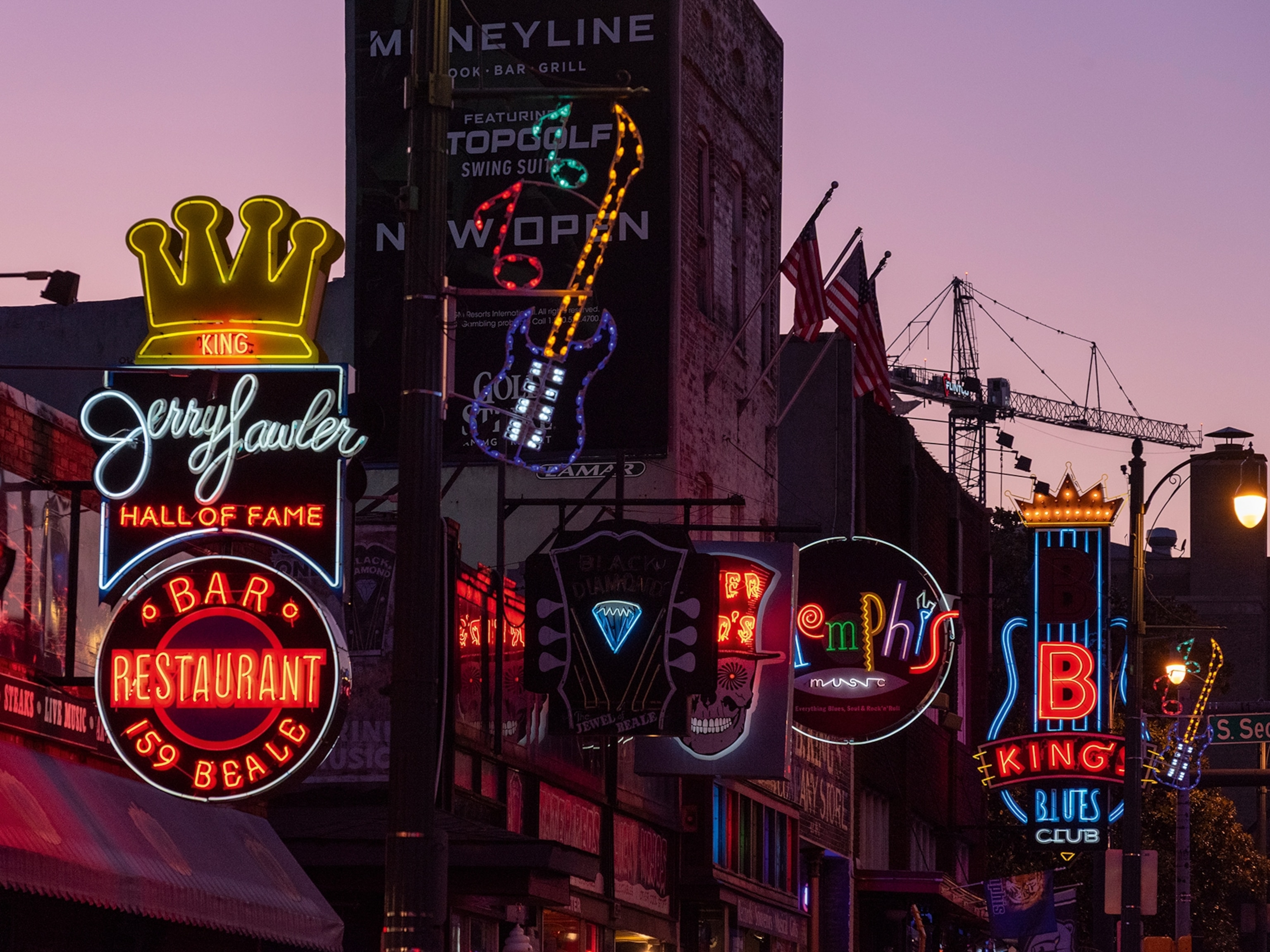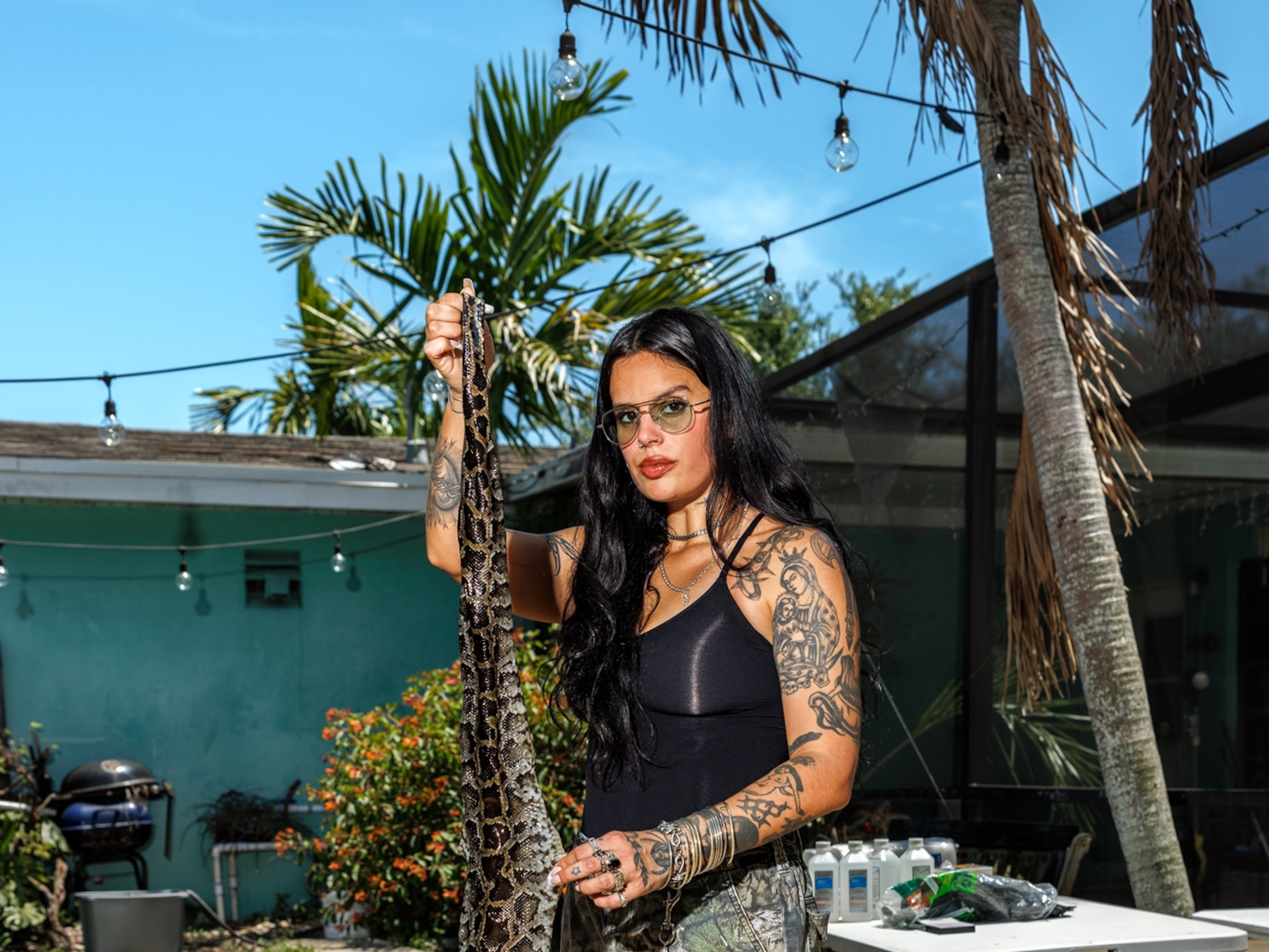
Striking Photos of Cultural Fashions You Have to See
These vibrant cultures were slaying their fashion game long before the runway was invented.
Most global fashions aren’t fads. They arise from centuries of tradition and don’t go out of vogue when the seasons change: the bold beadwork of the Maasai in the Serengeti, the endless folds of a bright blue Tuareg head wrap in the Sahara, a Scottish tartan. Here are some of the world’s most notable fashions and the people who wear them—plus tips on borrowing the styles when you get back home.
Beads
Maasai

The Maasai, a semi-nomadic people who breed predominantly cattle, roam the Serengeti grasslands. As a result of moving from place to place in search of better grazing, the Maasai travel light—but fashionably. They adorn themselves daily with elaborate beadwork, with a more-is-more approach: necklaces stacked high and wide, earrings that drip like waterfalls, bracelets inching up arms. The design and size of each indicates age, identity, and status within the community.

Lightweight, vibrant, and distinctive, Maasai beadwork has entranced designers for ages, so much so that in the last decade, the Maasai have trademarked their bead artistry to protect their cultural identity, fighting fashion houses such as Louis Vuitton for appropriating their designs without permission. So if you can’t resist trying the look for yourself, buy from local artisans.
Before you wear, take note: Color is key. White beads symbolize milk; red, blood; black, skin; and orange, generosity. Blue symbolizes God, because it shares the color of the sky, and green beads are said to represent vegetation after rainfall, a symbol of peace for the Maasai.
Beads
YORUBA

Today more than 20 million strong, the Yoruba—a people said to be the world’s first practitioners of voodoo—have a beadwork tradition that dates from the sixth century. Towering beaded crowns, most often featuring birds that seem to take flight, are a touchstone for the culture. But it is during annual Egungun masquerades when the beadwork really comes to the fore, with performers cloaking their entire form in fabrics, often extensively beaded, so they are unrecognizable as humans.

For the Yoruba, most of whom live in Nigeria, beadwork is sacred in both its wearing (researcher Patricia Jacobs notes that the beads “act as an ambassador of heaven”) and creation (artisans can enter a trancelike state that imbues the beadwork with special power). As such, the best way to experience the opulent style is to time your visit to an Egungun masquerade, which represents the visitation of dead ancestors and spirits come to guide and advise the living. They can stretch weeks long and feature insistent drums accompanied by bead-drenched performers stomping and swooping, arms stretched wide as if they might return to the heavens without a moment’s notice.
Beads
NATIVE AMERICANS

Prince rocked a head wrap on Saturday Night Live; Elizabeth Taylor was wont to wear turbans back in the day, too. Turbans are a bold adornment in the West—not for fashion’s fainthearted. Similarly, against the relentlessly sandy stretch of the Sahara, a Tuareg man approaching on camelback in his distinctive blue head wrap can seem to a visitor something that rises above place and time—a mirage perhaps.
Outsiders often call the Tuareg “blue men,” a reference to how the indigo dye of their veils and turbans rubs off on their skin, merging man and veil into one. A young man’s first veiling is accompanied by verses from the Koran, so the veil is thus both spiritual—covering the face is believed to ward off evil—and practical, as it filters out blowing desert sands.
Since it is a religious accessory and worn only by men, you can’t buy a traditional Tuareg blue veil at market. When you encounter a Tuareg male, know that he considers exposing the mouth and nose to strangers shameful, so he will remove his turban only in front of very close family.
Head Wraps
XHOSA
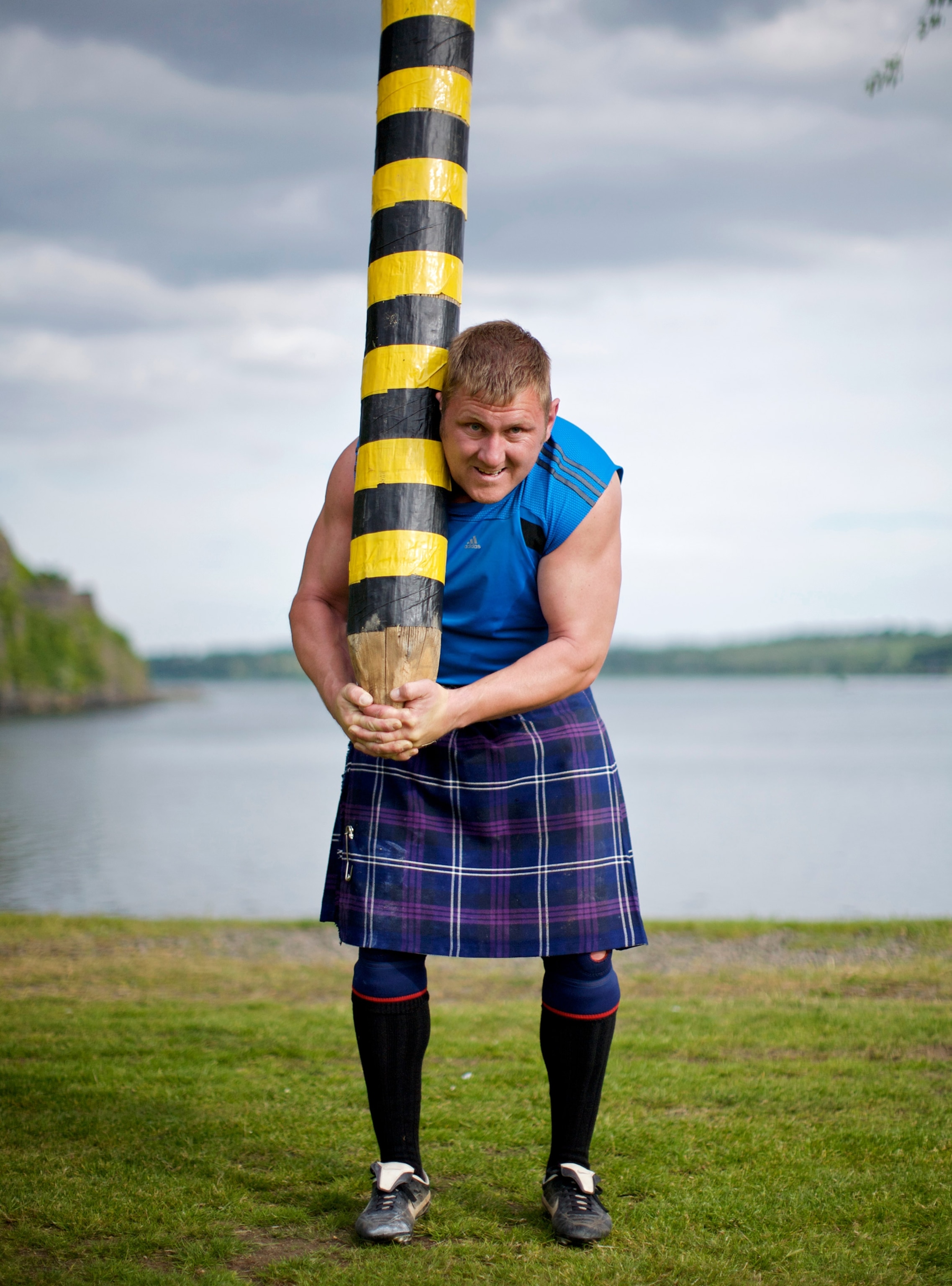
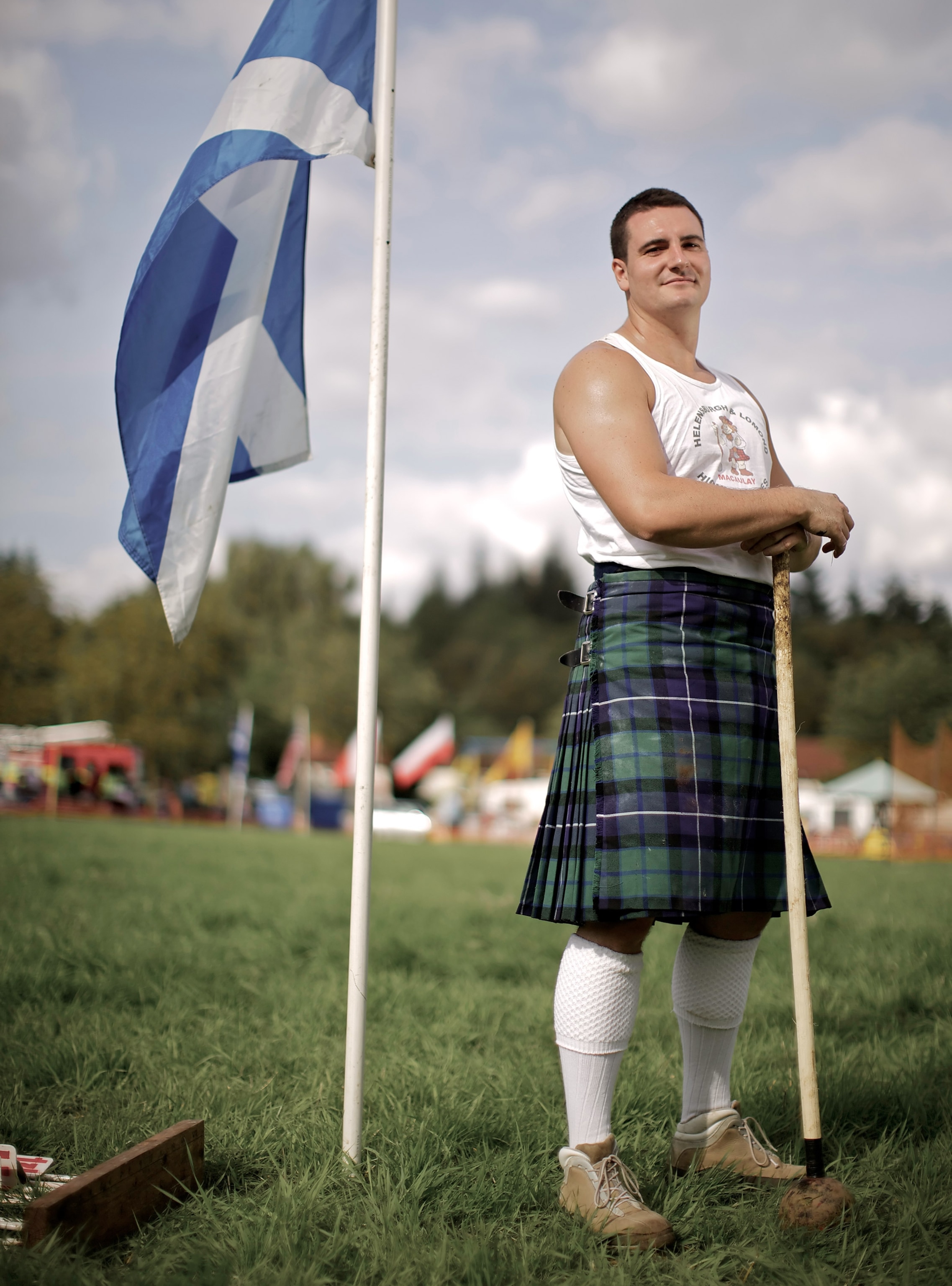
Scots put plaid on the fashion map. Today, a visitor to the verdant hills of Scotland might be disappointed not to spy patterned kilts aplenty. But calling the kilt pattern plaid is a misnomer in the British Isles. In Scotland, the pattern is officially known as tartan.
The Scottish Register of Tartans can help if you’re looking for a particular family tartan, and the Scottish Tartans Authority can help you find where to buy it. But for a rousing plaid-filled experience, there’s arguably no better way to see a tartan in its full glory than at the Highland Games, held every weekend in the summer in Scotland. The official rules state that all competitors must don a kilt to be eligible to compete in such events as tossing a caber (think a tree trunk half the size of a telephone pole). There are also hordes of tartan-clad bagpipers, as well as tartan-wearing young ladies performing the Highland fling, a rousing dance that looks a bit as if a ballet were being performed on a pogo stick.
Plaid
PUNKS

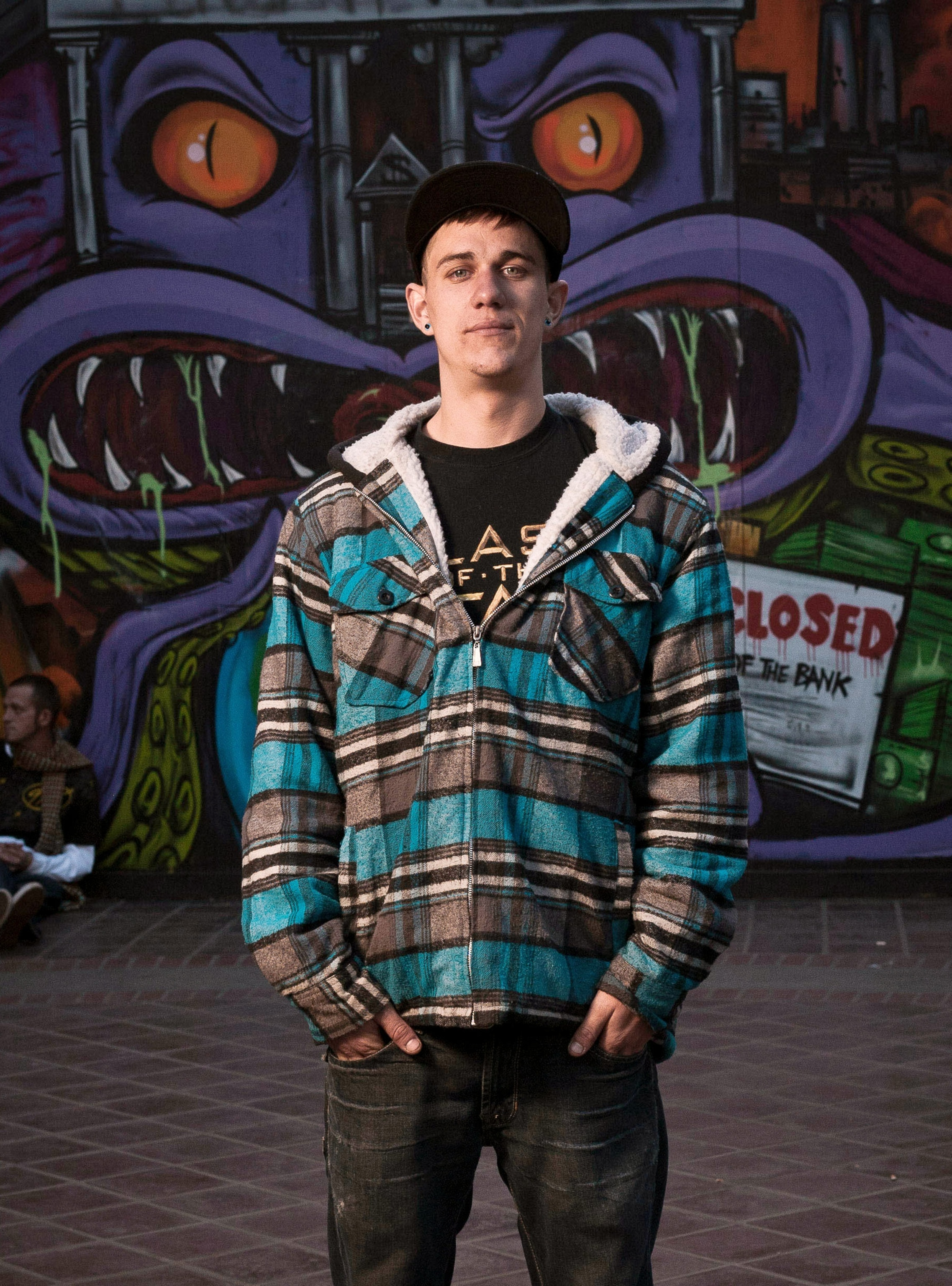
Though plaid originally crossed the pond with colonists—accounts tell that buffalo plaid’s origins lie with a Scottish trader named Jock McCluskey, who traded his tartan with Native Americans for their, well, buffalo pelts—Americans concocted a brave new plaid, born of the American West, reflecting its colors and becoming a favorite of lumberjacks and cowboys. One of this plaid’s most famous adherents was the stuff of legend: Paul Bunyan wore it in a 1914 lumber company advertising pamphlet.
Today, plaid is arguably the United States’ touchstone fabric choice, outfitting grunge rockers, skaters, Brawny paper towel spokesmen, neoartisanal enthusiasts, and hipsters. (It even went to the moon with astronaut Alan Bean in Apollo 12.) Famed U.S. companies such as Pendleton have been selling plaid for nearly a century. But for a quintessentially American display of plaid? Just check out a rodeo.



